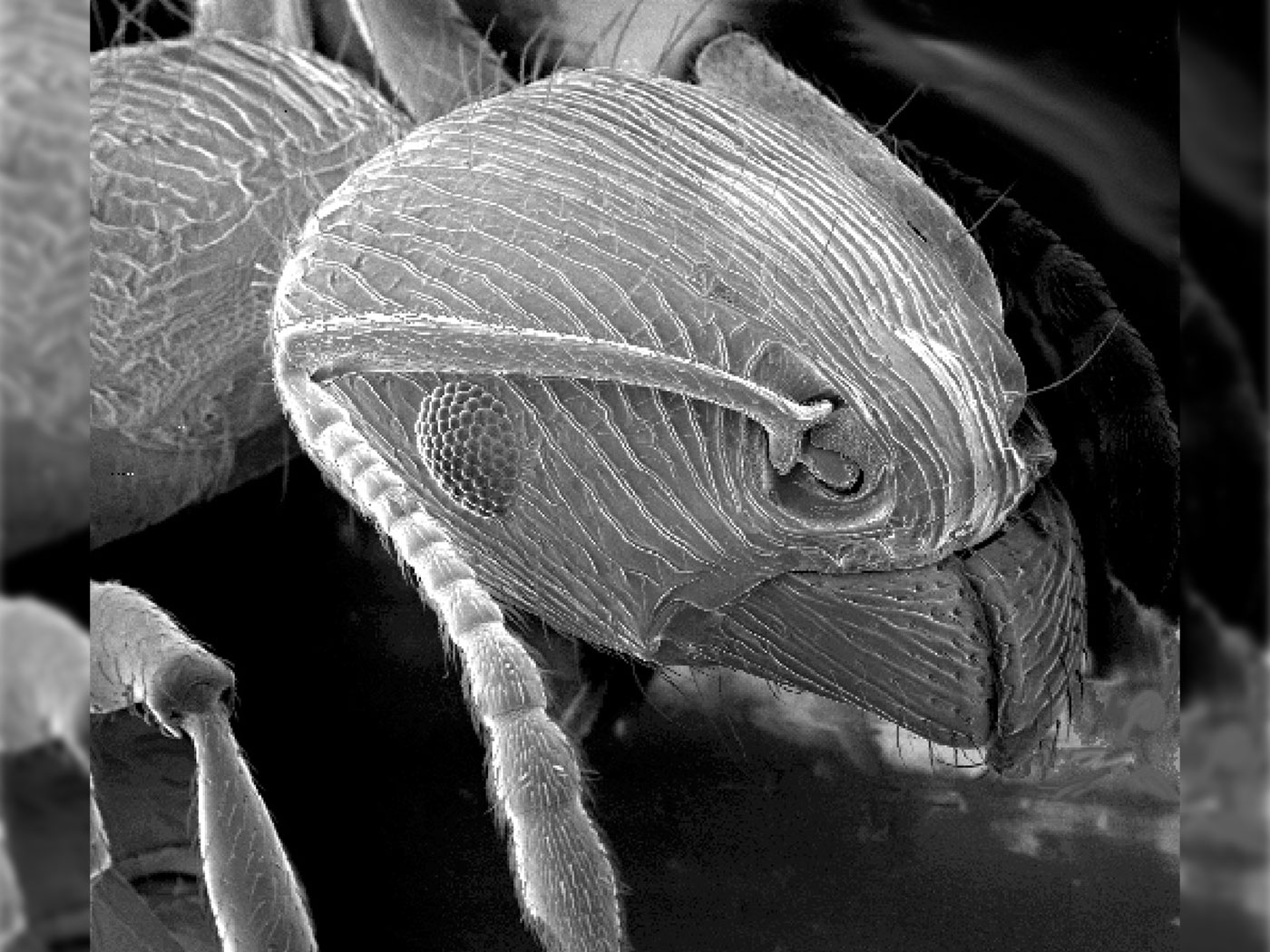Living Creatures Were Clearly Designed
Some of the same attributes seen in man-made tools are also found in living organisms. When parts fit well together, depend on each other, and interact to achieve a purpose, they can be recognized as a designed system. It is this recognition that enables the practice of archaeology and forensics. Generally, the more specified and complex the parts of a system are, the more numerous they are, and the more efficient the system is, the more engineering skill and knowledge were required to form that system.
Some of the same attributes required of the designer of a man-made machine such as a camera—intelligence, purposeful intent, knowledge of the materials and physical principles involved, etc.—must also be required of the One who designed complex biological features like the vertebrate vision system. Scripture confirms that enough of the attributes of God are known to all men through what He has made that “they are without excuse” if they choose to ignore Him (Romans 1:20).
Clear examples abound of design in living creatures. One is the tendon that emerges from a chest muscle in most birds. It is threaded through a hole in the bird’s bone, wraps around a “pulley,” and then is attached to the top of the humerus bone. This way, when the muscle flexes, the wing moves up. Each specification involved is exactly fitted to perform its needed function. If only one of them failed to work, the bird would not fly.
In recent decades, the incredible world of tiny machines inside living cells has been revealed. It demonstrates a supremely efficient, and in many cases perfectly specified, collection of parts upon which each living cell depends. Large creatures were clearly designed, but it is even more certain that single cells must have had a Designer of unsurpassed engineering genius. There is no such thing as a simple living organism.



























